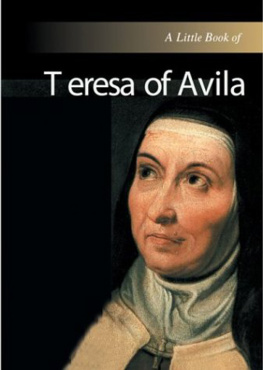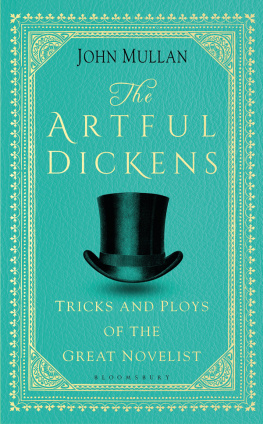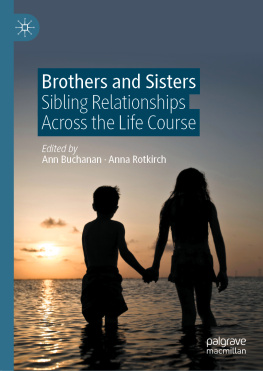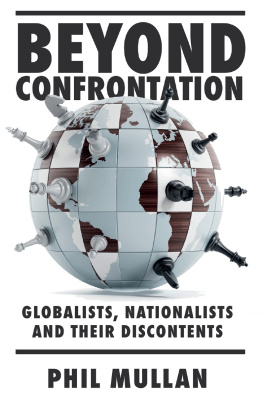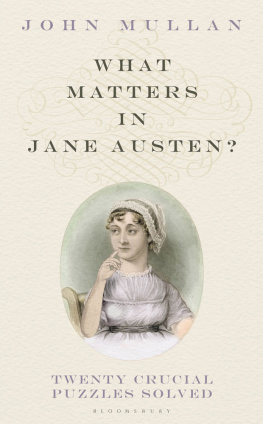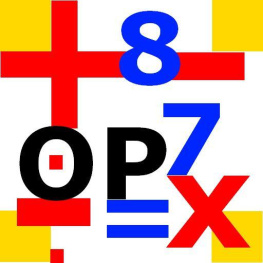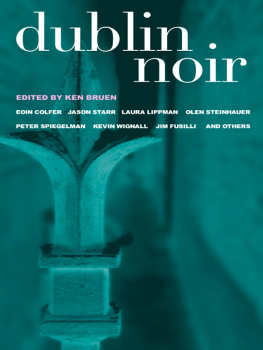Four Mullans fromBlossom Hill
Val Mullan and DaveMullan
ColCom Press, 28/101Red Beach Road, Hibiscus Coast, Aotearoa-New Zealand0932
ISBN978-1-877357-26-8
Copyright 2017, ValMullan and Dave Mullan
SmashwordsEdition
This ebook is licensed for your personalenjoyment only. This ebook may not be re-sold or given away toother people. If you would like to share this book with anotherperson, please purchase an additional copy for each recipient. Ifyoure reading this book and did not purchase it, or it was notpurchased for your use only, then please return to Smashwords.comor your favourite retailer and purchase your own copy. Thank youfor respecting the hard work of these authors.
Thanks
The authors are grateful to Lauren Gracie, agreat-great-grand-daughter of Crawford Mullan for the coverdesign.
Theportraits
The front cover portraits, clockwise fromright, are Crawford, Sam, Jennie and Rebecca. The locations ofBlossom Hill and Fintona
are indicated.
Table ofContents
, b.1860
, b.1863
, b.1862
, b.1865
1 Introduction
Forabout twenty-five years the writers have corresponded about thepossibility of putting together some kind of record of the fourMullan siblings who emigrated from Blossom Hill in County Tyrone tothe other end of the world.
A gathering of more than fifty interestedfamily members in Redcliffe in May 2001 created a lot of interest.Pamphlets were offered and family stories shared. But the event didnot produce a lot of new information. And the concentrated workneeded to pull all the material together could not be done at thattime.
A decade and a half later there may be enoughtime to collate some kind of coherent story with such facts andimpressions as are still available. Most of what has beendiscovered has been Vals work and her prodigious output of notesis continuing to be developed. Together with Daves personal recorda major family resource has become available for future researchersand interested family members.
Meanwhile, between the two of us, we think itbetter to put together some kind of document now with what we knowrather than to keep fossicking around for stories which may or maynot still come through from family members.
So this account focuses on the four Mullanswho left Blossom Hill and touches only lightly on their childrenand other descendants. Others stories can be assembled by otherpeople. We are happy to record what we can for now about the fourbrothers and sisters who were born at Blossom Hill.
So our story begins at the family property.It goes on to introduce other relations who preceded our four outto Australia and New Zealand and whose lives became intermingledwith the four. Then, as best we can, we tell the story of each ofthe four in turn.
Val Mullan, Brisbane
Dave Mullan, Auckland
2 Blossom Hill
William andMary
William Samuel Mullan was born in 1824 inFintona, County Tyrone. He married Mary Hood in the DouglasPresbyterian Meeting House, Ardstraw Parish, Co. Tyrone on 13 Aug1856. She was five years younger and had been born in Lisnafin.They had at least seven children, three of whom did not surviveinto adulthood
Margaret1856
Elizabeth1857
Samuel Hood1860
Anne Jane (Jennie)1862
Rebecca1863
William1864
Crawford1865
Blossom Hill was the name of the propertyWilliam Samuel occupied from as early as 1853. When their firstchild, Margaret, was baptized in December 1856, the family addresswas recorded as Mullawinny, the local Townland. The name BlossomHill is perpetuated on present-day maps and in the Blossom HillLodge, Fintona 415, which stands on part of what used to be thefamily property.
The present day house on Blossomhill Farmincludes only some of the walls of the building described in the1901 Census
1901 Census andBuilding Return
William Mullan, landholdernine Out-Offices and Farmsteadings; Stone or Brick walls;Roof of slate, iron or tiles; five or six rooms; four windows infront of house.
Ownership?
Various census returns seem to suggest thatWilliam was not the owner of the land, as some of us havethoughthe is consistently described as tenant. This would be atvariance with some family traditions which suggest that the familylost the property because William and his second son Crawford putall their time and energy into maintaining the church and thelodge. The implication was that the family walked away from anagricultural and property investment goldmine. This was never thecase.
Karen Patterson, of Blossomhill Farm, in2004, was the first to blast this theory out of the marsh.Personally interested in the story of her home, she undertook totrack down some of the history of the property title. She foundthat a landlord or over-tenant was named in census documents,suggesting that William did not own the land. Andrew Crawfordappears on transfer documents in 1853 and her commentary seems tosuggest that at that time William Mullan was living and working onthe property. However, other records in Griffiths Land ValuationRevision Books, show an Alexander aka Alex Crawford aslessee of William Mullans portions of the Mullawinny townland. ACrawford is also named as landlord in census documents. It is anintriguing thought that perhaps the landlord was the source of therather unusual name for Crawford Mullan, the fourth surviving childof William and Mary. Margaret Dalkin, of Sydney, another familymember who has done considerable research is inclined to thisview.
Also, research by Robert Davisoncommissionedby WA Mullanuncovered the probability that the parents of WilliamSamuel could have been James Mullan and Margaret Crawford, thusraising the interesting possibility that William might have beenquite correctly described as tenant but might well have had afamily interest in the property.
Furthermore, Karen Patterson unearthed areally significant document that made it clear that in 1891 Williambought the property in fee farmas distinct from fee simple.The word fee is derived from fief, meaning a feudal landholding,not uncommon in cities and towns. The word farm is the equivalentof rent so while William paid over 350 to purchase the property,he also had to pay about 6 a year and tithes and indemnities(presumably to Andrew Crawford or his successors) in perpetuity tomaintain his ownership of it.
William would be aware of the importance ofattending to these responsibilities since he had obtained theproperty through the insolvency of the previous owner/occupier.Crawford, as the entity to whom the rent was paid, was properlydescribed as landlordbut this is a term that has rather differentconnotations today. A possible parallel for Williams situationmight be a person who buys a house but pays a ground rent for theland which is not included in the purchase.
While it is true that William and Marywalked off the land, it seems they did not sacrifice theirprimary financial investment. Again, this is contra to the Mullantradition that they were penniless. This record, located by KarenPatterson, is of particular interest:
ABSTRACT OFTITLE:
JJK Johnston to DavidWhite (Undated, but probably 1912)
This document recitesthe history of the property from 1852 and records that WilliamMullin held it in fee farm and handed it over to Hugh Johnston in1903 in exchange for the price he had paid for it eleven yearsearlier, namely 350, plus 8 interest. Hugh Johnston, however,died. This document appears to transfer the property to JJKJohnston and on to David White.
White occupied the homestead from about thistime and his son, Robert, was born there. When located in Fintonain 2002, the son, Bobbie White, proved to be a most enthusiasticand helpful informant on the Blossom Hill property and theLodge.
Blossom HillLodge
William Mullan was undoubtedly a committedand passionate founder of the Blossom Hill Orange Lodge which metin the family home for several decades. It was normal for a farmhomestead to include a large all-purpose barn at one end and it isthought that this was the first meeting place of the Lodge. WilliamSamuel was Grand Master for many years, including 1870 when asurviving record shows there were 25 members. His address is givenas Cavan which may be an old townland name as the farm is actuallysituated on present-day Cavan Rd. He is also Grand Master in 1882when his address is given as Blossom Hill. In this report themembership has gone up to 51. His son Samuel was active in Lodgelife, as was the younger son Crawford whose name appears in some ofthe annual statistical returns of the time.
Next page




